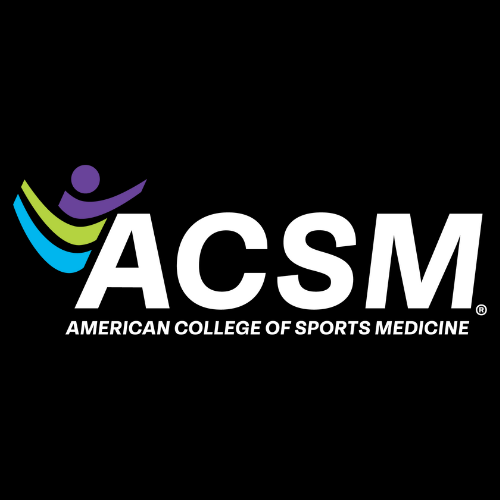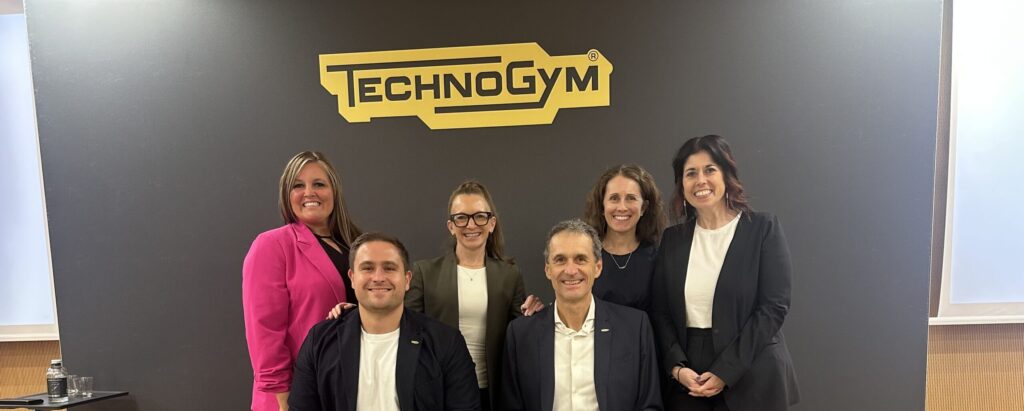The American College of Sports Medicine (ACSM)’s journal, Exercise and Sport Sciences Reviews (ESSR), awarded the “2024 Paper of the Year” designation to a Perspectives for Progress paper, Short Sleep Duration Disrupts Glucose Metabolism: Can Exercise Turn Back the Clock? (Volume 52(3), July 2024), collaborated on by authors Alan Maloney and Jill A. Kanaley. This insightful review dives into the critical link between inadequate sleep and impaired glucose control, exploring the potential of exercise as a countermeasure. This paper isn’t just for established researchers; it’s a fantastic resource to bring current, impactful science into the classroom, especially as many readers of ESSR are instructors to undergraduate students. For example, an instructor may leverage the visual abstract and journal club questions, provided as supplemental material for ESSR readers, to engage students beyond the standard reading and summarizing of an article.
In today’s fast-paced world, short sleep duration has become a widespread issue. This review highlights the concerning connection between habitually sleeping less than seven hours a night and the increased risk of developing type 2 diabetes. Maloney and Kanaley meticulously examine how sleep restriction negatively impacts our body’s ability to regulate blood sugar (glucose metabolism). They pinpoint skeletal muscle and adipose tissue as particularly vulnerable, showing reduced sensitivity to insulin, the hormone that helps glucose enter cells for energy. Given exercise’s well-established ability to improve insulin sensitivity in these very tissues, the authors explore its potential to mitigate the detrimental effects of sleep deprivation on glucose metabolism. While acknowledging the need for further research, the review strongly suggests that physical activity could be a powerful tool in “turning back the clock” on the metabolic disruptions caused by insufficient sleep.
Supplemental resources provided on ESSR’s website to engage your students are plenty:
Often, the first point of contact with a research paper is its abstract. The visual abstract takes this a step further, providing a concise and visually engaging summary of the key findings. Some suggestions for how an instructor (assuming our reader is an instructor) can use it in the classroom:
The “Quick Glance” Activity: Project the visual abstract and give students just a minute or two to observe it. Ask them:
- What are the main elements you see? (e.g., sleep duration, glucose, insulin, exercise)
- What relationship do you think the paper is exploring?
- What are your initial takeaways from the visual?
Deconstructing the Visual: Guide students to break down the different components of the visual abstract (e.g., icons, text, and arrows). Discuss how each element contributes to the overall message. For instance, how does the visual represent “disrupted glucose metabolism”? How does it suggest exercise might counteract this?
Comparing and Contrasting: If you have visual abstracts from other related studies, compare and contrast their design and how they convey information. This helps students understand the different ways scientific information can be visually summarized.
Creating Their Own: As a culminating activity, challenge students to create their own visual abstract summarizing a different scientific concept or a simpler research study.
Journal clubs are a fantastic way to foster critical thinking and engagement with scientific literature. The journal club questions provided on the ESSR website are created by the manuscript’s authors themselves, and emphasize the basics and the exercise angle. In a discussion following the provided journal club questions, an instructor may push for further critical thinking and application. For instance, the manuscript’s authors mention that chronic sleep restriction might lead to decreased physical activity. An instructor may push further to ask how this could create a negative feedback loop regarding metabolic health, or to consider the prevalence of short sleep duration in modern society. Connecting a bit of sociology is helpful to developing well-rounded future scientists: what are some societal factors that might contribute to short sleep duration in the modern Western world? We also encourage instructors to apply concepts to students’ personal lives, inquiring beyond exercise, perhaps related to other lifestyle interventions might be important for improving sleep and glucose metabolism? (The paper briefly touches on light therapy – this could be a starting point).
Still not enough? Consider introducing the paper to your students with a <2-minute recording, which the authors of the 2024 Paper of the Year have generously recorded and is available on the ESSR page.
By utilizing the visual abstract as an initial point of engagement and employing thoughtful journal club questions in a discussion format, you can transform ESSR’s 2024 Paper of the Year into a dynamic learning experience for your students. This approach not only helps them grasp the intricate relationship between sleep, metabolism, and exercise but also cultivates their critical thinking skills and appreciation for the scientific process.
Diba Mani, PhD, is an Instructional Associate Professor in the Department of Applied Physiology & Kinesiology at the University of Florida. She serves as the Digital Editor for Exercise and Sport Sciences Reviews. She earned her degrees under the mentorship of Dr. Roger Enoka in the Neurophysiology of Movement Laboratory at the University of Colorado. Her doctoral dissertation focused on evaluating the effects of electrical nerve stimulation on motor unit discharge properties and mobility in young and older adults. Dr. Mani most enjoys the human component of any work she is engaging in, be it research in the field of geriatrics or teaching college students in the classroom. Dr. Mani is an international judo referee and coach, and a regular vinyasa yoga practitioner. She is passionate about internationalization in the STEM courses, as implemented through experiences such as virtual exchange and study abroad.




